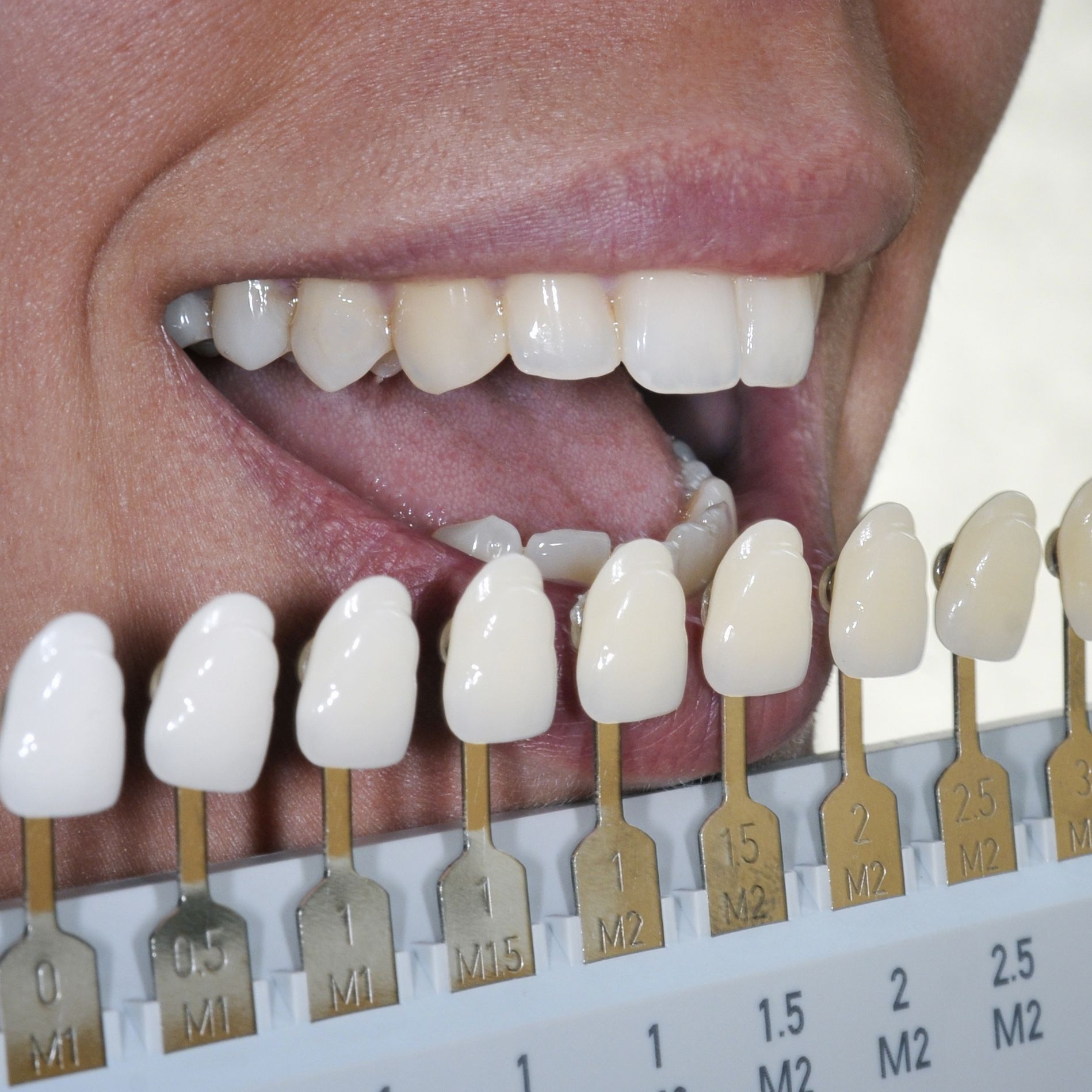Composite vs. Porcelain Veneers: Materials, Procedure, and Candidacy
 Dental flaws, like chips, cracks, and discoloration, can dramatically impact the appearance of your smile. Porcelain veneers, however, can cover these imperfections, increasing your confidence and enhancing your overall look.
Dental flaws, like chips, cracks, and discoloration, can dramatically impact the appearance of your smile. Porcelain veneers, however, can cover these imperfections, increasing your confidence and enhancing your overall look.
Dr. John P. Goodman provides quality porcelain veneers for patients living in Kansas City, MO. Using high-grade materials and cutting-edge technology, Dr. Goodman can improve patients’ smiles in as few as two dental appointments.
If you want to hide minor cosmetic flaws, then you might be considering dental veneers. Here, Dr. Goodman discusses the primary differences between composite vs. porcelain veneers. Understanding their unique differences will help you make the right choice for your budget, lifestyle, and smile.
Materials
Porcelain veneers are ultra-thin, tooth-shaped shells made from dental-grade ceramic. Dr. Goodman cements these veneers to the front surface of the teeth, making them a permanent cosmetic solution.
Unlike porcelain veneers, composite veneers are not tooth-shaped shells. Instead, Dr. Goodman uses a composite resin material to shape teeth into a more desirable shape, hide imperfections, and conceal discoloration.
While both types of veneers enhance the appearance of patients’ smiles, the unique materials used can impact their:
- Durability and lifespan
- Aesthetic
- Cost
Durability and Lifespan
Dental professionals widely regard porcelain veneers as the superior smile-enhancement solution. While high-grade ceramic veneers are fragile by themselves, bonding them to the tooth greatly increases their structural integrity. Composite veneers are strong, but they are much more likely to chip overtime.
With proper care, patients can enjoy their porcelain veneers for decades. Composite veneers, however, are less durable and may require frequent repairs.
Aesthetic
There is a noticeable difference in the appearance of porcelain veneers compared to composite veneers. Porcelain veneers reflect light similarly to how natural teeth reflect light. Composite veneers do not display the same gleam, which makes them look slightly less natural than porcelain veneers.
Cost
Since porcelain veneers are permanent, high-quality fixtures, they tend to cost slightly more than composite veneers. Patients can expect to pay $925 per porcelain veneer, whereas composite veneers may cost as little as $250 per tooth.
Procedure
The procedures for porcelain veneers and composite veneers are vastly different. Porcelain veneers require the removal of some dental enamel in order to prep the tooth for the prosthetic. This ensures that the veneers adhere better and sit flush against the teeth.
Composite veneers do not usually require the removal of dental enamel. Instead, Dr. Goodman molds the composite resin to the shape of the tooth and bonds it in place with a special light.
In general, patients can get their custom-made porcelain veneers in just two office visits. Patients who want immediate results, however, can get composite veneers in a single office visit.
Candidacy
Ideal candidates for porcelain veneers include:
- Patients without cavities or gum disease
- Patients who practice good oral hygiene on a daily basis
- Patients with sufficient tooth enamel
- Patients with no history of teeth grinding
Kansas City patients who have insufficient tooth enamel may be better suited for composite veneers. Ultimately, a dental veneer consultation with Dr. Goodman will help you make the right decision for your health and aesthetic goals.
Schedule a Dental Veneer Consultation
If you’re ready to explore your dental veneer candidacy, then contact Dr. Goodman’s team today. Patients can send us a message, or they may request an appointment by calling our Kansas City office at (816) 842-8585.


